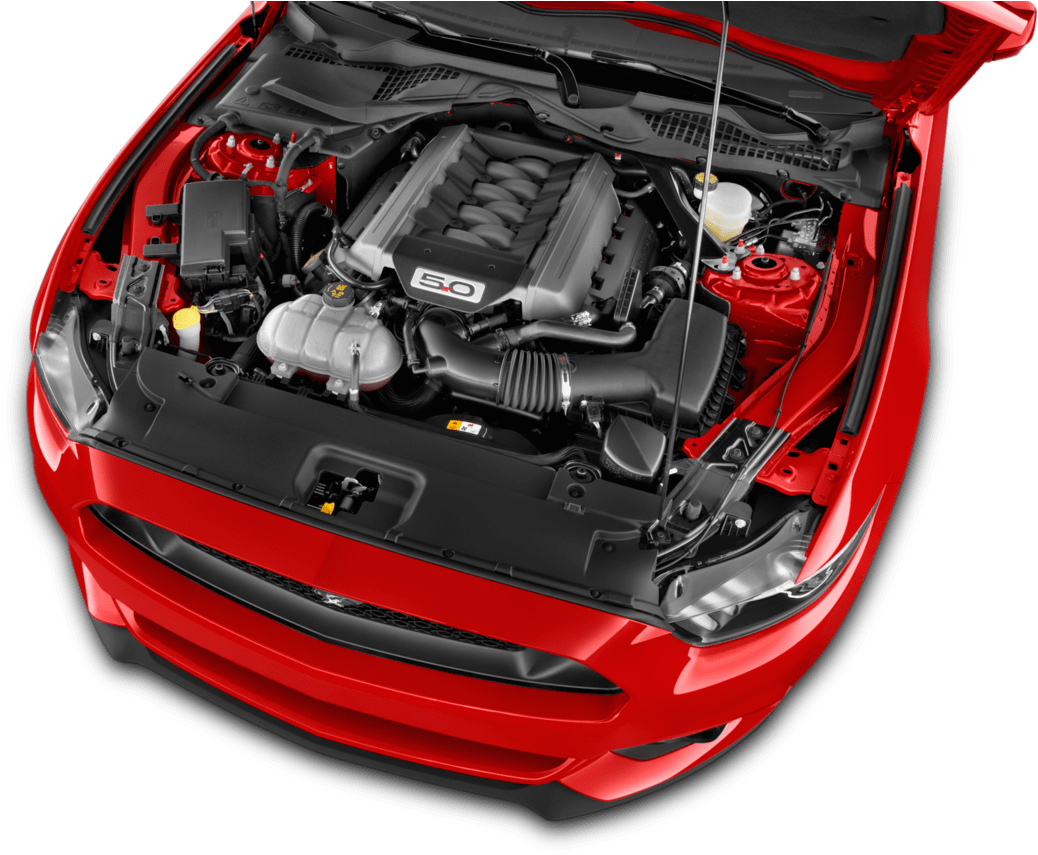Checking Out the Inner Workings of a Compact Vehicle's Engine System
As drivers, we usually take for given the complex procedures that occur within the boundaries of our car's engine system. In this expedition of a portable car's engine system, we will certainly decipher the internal workings of this mechanical harmony, shedding light on the enigmas that drive us forward on our daily journeys.
Burning Process Introduction
The burning process in a small lorry's engine system is a crucial device that effectively transforms fuel into power to power the vehicle. This procedure happens within the burning chamber of the engine, where gas and air mix, spark, and generate controlled explosions. The burning procedure includes four primary phases: consumption, power, compression, and exhaust.
Throughout the intake phase, the piston relocates downward, attracting in a mix of air and fuel right into the combustion chamber. This downward motion creates the power required to drive the vehicle. This cyclic combustion process is basic to the procedure of a compact vehicle's engine system, making sure reliable power conversion for propulsion.
Piston and Cylinder Interaction

The piston's exact fit within the cyndrical tube is crucial for preserving ideal compression and stopping power loss during combustion. Tight clearances between the piston and cylinder walls guarantee effective sealing, enabling the piston to move smoothly without enabling gases to leakage past. Correct lubrication is additionally essential to lower rubbing and use between these elements, improving durability and efficiency.
In addition, the layout and products utilized in producing the piston and cylinder impact engine efficiency and durability. Modern engines typically utilize lightweight yet resilient materials like aluminum alloys for pistons and cyndrical tube liners to reduce inertia and enhance thermal performance. Overall, the harmonious communication between the piston and cyndrical tube is essential to the engine's performance and overall performance.
Gas Shot System Capability
Gas shot systems in small car engines play an essential duty in exactly delivering fuel to the combustion chamber for regulated and effective ignition. The gas injection system works by injecting gas into the burning chamber at the optimum moment throughout the engine's operation (opel corsa engine). This precise timing guarantees that the fuel blends evenly with the air for correct combustion, causing improved gas efficiency and reduced emissions
There are largely 2 kinds of gas shot systems used in small vehicle engines: port gas injection (PFI) and direct fuel shot (DFI) PFI systems infuse fuel into the intake port prior to the intake shutoff, while DFI systems inject gas straight right into the combustion chamber. Both systems have their advantages, with DFI using far better fuel atomization and PFI giving a more economical remedy.
Understanding Engine Cooling Devices
Effective procedure of a compact vehicle's engine counts greatly on the effectiveness of its cooling mechanisms. Engine air conditioning is important to protect against getting too hot, which can bring about major damages and decreased efficiency. The cooling system in a compact car normally is composed of several elements collaborating to regulate the engine temperature level. One essential part is the radiator, which uses coolant to take in warm from the engine. As the hot coolant streams via the try here radiator, it launches warm into the air, cooling off prior to going back to the engine. The water pump flows the coolant through the engine and radiator, making certain a constant circulation to control temperature. Furthermore, the thermostat helps manage the coolant circulation to preserve ideal engine temperature level. Some automobiles likewise have cooling down followers that activate when extra air conditioning is needed, such as during heavy traffic or heat. Understanding these engine cooling devices is vital for preserving the performance and longevity of a portable car's engine system.

Exhaust System Components Explained
The recommended you read optimum performance of a small vehicle's engine air conditioning mechanisms depends on a complementary system known as the exhaust system, which consists of various important elements for making sure effective discharges and engine efficiency. The exhaust manifold gathers exhaust gases from the engine's cylinders and routes them to the catalytic converter.
One crucial part of the exhaust system is the oxygen sensing unit, which keeps an eye on the oxygen degrees in the exhaust gases to assist manage fuel consumption and ensure optimum engine performance. opel corsa engine. In addition, the resonator might be existing in some exhaust systems to minimize noise levels. Generally, the exhaust system plays a crucial role in maintaining engine effectiveness, lowering hazardous exhausts, and making sure a quieter driving experience for small car proprietors

Final Thought
Finally, the small lorry's engine system is a complicated combination of components that collaborate to promote the combustion procedure, transform fuel right into energy, and get rid of waste gases. Understanding the inner operations of the engine system, including the piston and cyndrical tube interaction, fuel shot system, engine air conditioning mechanisms, and exhaust system elements, is critical for maintaining optimum efficiency and effectiveness of the lorry.
The combustion procedure in a small automobile's engine system is a vital mechanism that efficiently transforms gas into power to power the lorry.Fuel injection systems Recommended Site in small car engines play a critical role in exactly delivering gas to the combustion chamber for controlled and reliable ignition.There are largely two types of gas shot systems used in compact car engines: port gas shot (PFI) and straight gas shot (DFI) Recognizing these engine cooling mechanisms is important for preserving the efficiency and durability of a compact car's engine system.
The ideal functioning of a small car's engine air conditioning systems depends on a corresponding system recognized as the exhaust system, which makes up various essential components for making sure effective exhausts and engine efficiency.